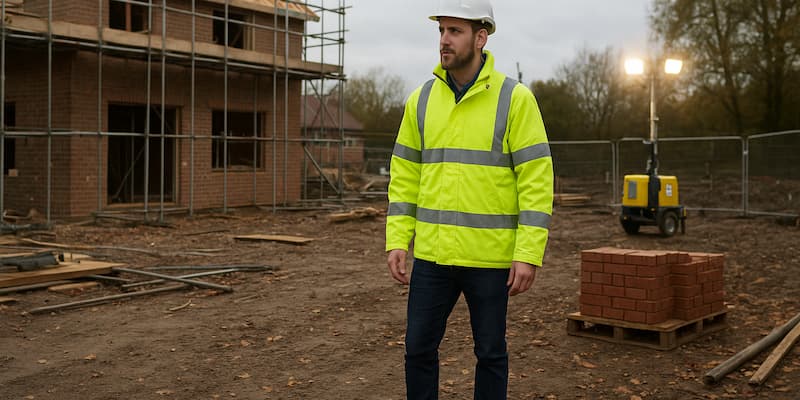
By Samuel Rapley 28/02/2018
Under: Team Welfare / Health and Safety NewsPractical Steps to Prevent Slips and Trips in the Workplace
Slips and trips are most commonly caused by uneven, damaged or slippery surfaces, obstructions, unsuitable footwear or icy weather conditions. Keep hazards in check with these practical steps.
1) Check & Maintain Safe Walking Surfaces
Uneven or damaged flooring is a major risk factor for slips and falls. Use thorough risk assessments and maintenance checks to inspect working surfaces regularly. Mark off any unsafe areas until they have been repaired. In high-risk environments, it may be necessary to create dedicated walkwaysand make it clear where it’s safe for team members to walk.2) Minimise Wet and Slippery Conditions
Try using absorbent entrance mats and boot cleaning stations to prevent dirt and moisture from being transferred to working surfaces, walkways and stairs. Anti-slip stair treads can be used to add extra grip on high-risk stairways. If an area does become dangerously slippery and it’s not possible to completely clean the surface immediately, mark the area out of bounds.
Use spill safety measures to minimize the danger of spills on site and ensure any spillage is cleaned up swiftly with a spill kit.
3) Maintain Good Housekeeping
Good housekeeping is critical. As hard as you try to prevent floors from becoming wet, dirty or contaminated, they still need regular cleaning to keep them in good condition.
It’s important to maintain a regular cleaning schedule: make sure responsibilities are assigned and expectations are clear. Remember, cleaning products can become hazardous themselves if slippery soaps or cleaning liquids are not sufficiently removed after cleaning. If some residual moisture remains after cleaning use a wet floor sign to alert employees to the hazard.
4) Remove Obstructions
Equipment or waste left lying around can become a trip hazard. The best guard against obstructions is to ensure good storage and rubbish disposal is available throughout your site. Encourage safe working practices such as putting equipment away at the end of a project and making sure everyone has a locker or storage space for personal belongings.
Wires and cables are other hazards to watch out for – especially in industrial settings or construction sites. Keep cables tidied and out of the way rather than obstructing walkways.
5) Invest in Good Footwear
For high-risk environments where slips and trip hazards are more likely, safety footwear is a must. Invest in high-quality safety boots or shoes for your team to give them extra grip. This is particularly important if teams are working outside on uneven or slippery surfaces.
6) Ensure Sufficient Lighting
When natural light is not sufficient to ensure team members can see where they are going, adequate lighting provision must be made. This includes outdoor spaces, which may require flood lighting.
7) Look out for Adverse Conditions
In bad weather conditions ice and snow can create additional hazards. Make sure you’re well stocked on grit supplies and snow-clearing equipment to keep potentially risky areas safe.
Ready to upgrade your health and safety? Talk to one of our safety champions today for all your equipment and training needs: 0333 003 5710

.jpg)
